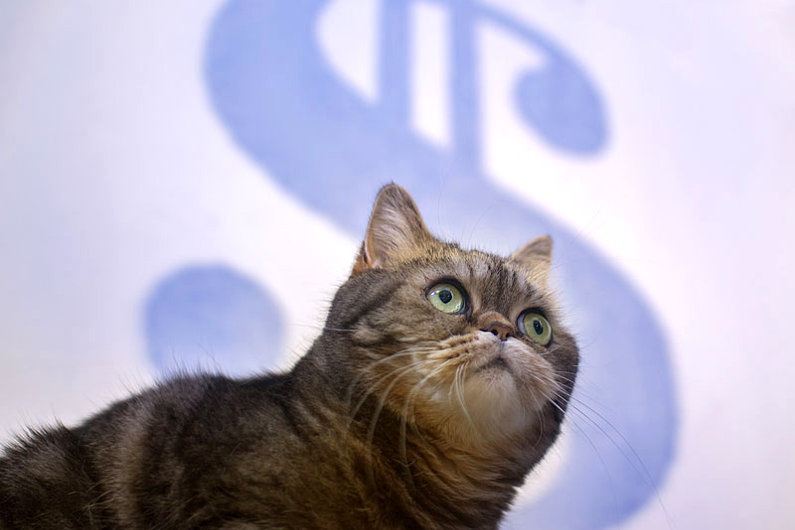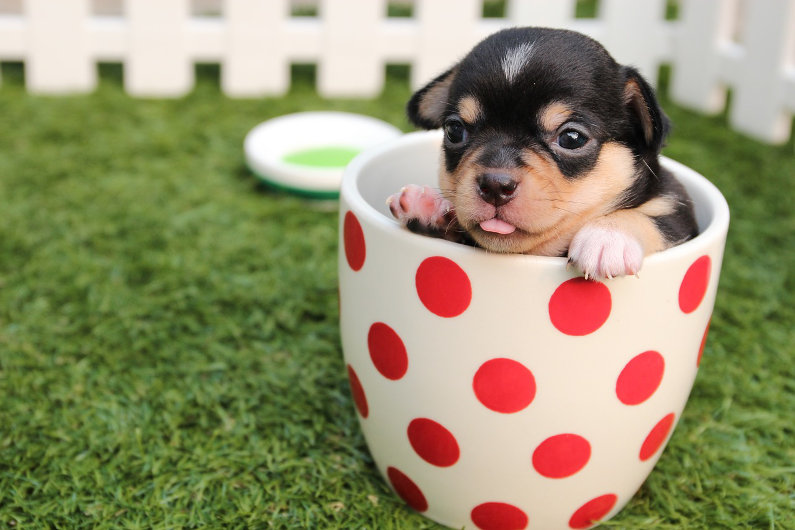In January of 2017, the Pet Industry Leadership Conference had its second gathering in Laguna Beach, California. There were product manufacturers, veterinary service providers, food manufacturers and hundreds of retailers gathered to swap ideas and best practices in the industry.
The conference was presented by the Pet Industry Joint Advisory Council. Dr. Terry Clower, a leader at the George Mason University’s School of Policy and Government, revealed the results of the economic impact of the pet industry.

The study, funded by the Pet Industry Joint Advisory Council and Pet Leadership Council, showed that it amounted to $221 billion in sales in 2015 with almost $23 billion in taxes for the state, local and federal levels. The pet industry also provides 1.3 million jobs across the nation. The average wage of someone working within the industry is more than $46,500.
Dr. Clower led the team and the study by using the American Pet Products Association’s APPA National Pet Owners Survey, market data, and the U.S. Bureau of Labor Statistics to provide a complete picture of the pet industry.
As one of the fastest growing industries in the U.S., the pet industry generates economic flow across a variety of sectors in the economy. The study sought to evaluate the entire funnel of the industry, examining the indirect, direct, and induced economic impact of the entire product journey. The article uses the example of dog food to demonstrate the impact of the sales funnel. Not only does it have the raw materials, packaging, production of the product, and transformation, but it also has an impact on the vendors and employees.
The study analyzes the information on activities and sales related to pets and provides a comprehensive introduction to how the spending in this niche impacts the overall economic activity. It analyzes a variety of activities such as animal sales, pet food, animal medications, insurance, services such as grooming or pet setting, and products. Yet, it also focuses on how the sales impact the GDP, the number of jobs and their earnings, and how much is paid in taxes to the different levels of government.

At this point, people across the United States are spending $8.8 million per hour on their pets through grooming, toys, veterinary care, and food.
In 2015, the population is spending more on their pets than they do watching movies at the box office or even than they are spending on daycare.
This huge amount of spending will have large implications on the responsibilities of the pet industry. Not only does it connect people and pets, but it also reveals that caring for the pet is also caring for people. By supporting 1.3 million jobs and providing resources for millions of pet lovers, not to mention providing high-quality products for the animals themselves, the pet industry can have a huge impact on the communities.
The PIJAC seeks to incorporate the information provided within the study to reshape the narrative of the pet industry and to support positive and responsible pet ownership.
Article Sources:
http://www.petbusiness.com/March-2017/The-Power-of-Pets/
http://www.toureenkennels.com/wellesley-ma-dog-parks.htm
https://www.franchisehelp.com/industry-reports/pet-care-industry-report/



